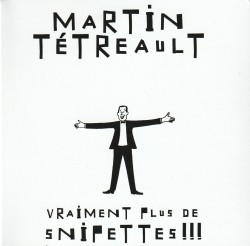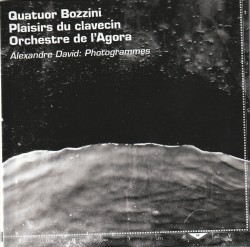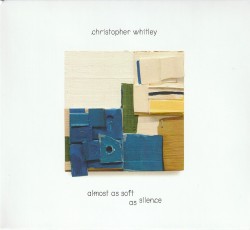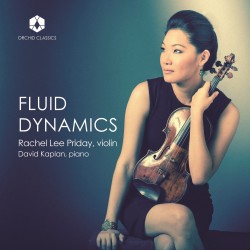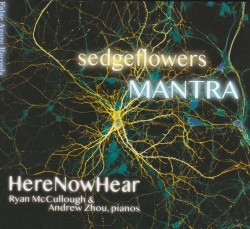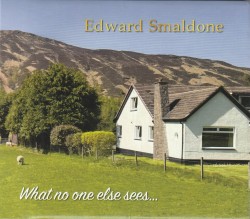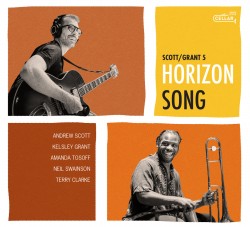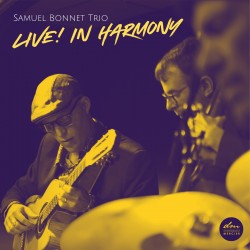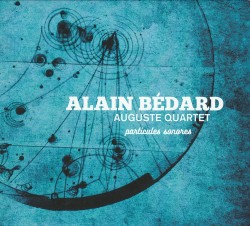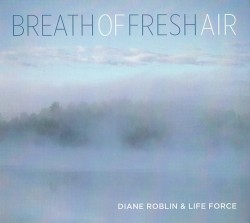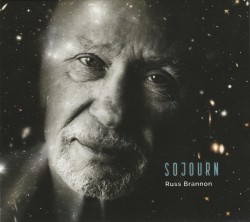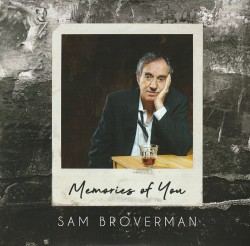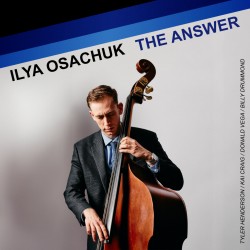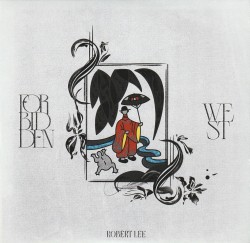Frank Horvat: Anatomy of the Recovering Brain - Kathryn Ladano
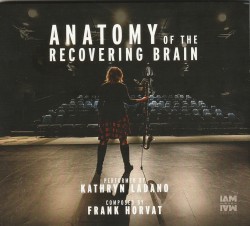 Frank Horvat – Anatomy of the Recovering Brain
Frank Horvat – Anatomy of the Recovering Brain
Kathryn Ladano
I Am Who I Am Records LTLP21 (iam-records.com/releases/anatomy-of-the-recovering-brain)
The story of Anatomy of the Recovering Brain began in the fall of 2020 when Kathryn Ladano was rear ended at a Toronto intersection. Although the impact was not physically rough, it changed her life in very major ways as she fought to keep teaching and recover from the trauma. Brain injuries can be extremely deceptive, showing little outward evidence of their effects, but internally one’s world is completely transformed with headaches, concentration problems and many other issues. In addition to teaching university music courses, Dr. Ladano was also Artistic Director of Kitchener-Waterloo’s contemporary music organization NUMUS. In 2021 composer Frank Horvat and Ladano “conceived the idea of creating a composition that would shine a light on the profound challenges of living with an acquired brain injury. At the time, even playing her instrument for five minutes caused severe pressure in her head, making the completion of this hour-long piece a remarkable achievement in her recovery.”
Anatomy of the Recovering Brain is an important and original work that brings together several “guest” musicians (Richard Burrows - vibraphone, Morgan Lovell - cello, Greg Turner - piano, Pam Patel - soprano) who complement the stories of Ladano and five other acquired brain injury survivors. The six ten-minute movements are named after the individuals (Kathryn, Russ, Paul, Melanie, Lucy, Jeffrey) and Ladano plays bass clarinet throughout over a moving palate of electronic sounds. The 60 minutes flow from one story to another: the bass clarinet and backing electronics are a constant throughout with the guest musicians supplying different timbres. Each person narrates their own story and their words mix with the acoustic and electronic sounds. I was fortunate enough to attend the premier of this work in Kitchener in June of 2023 where the event was attended by friends, musicians, politicians and individuals from the brain injury community. It was exciting that this work brought together so many people from different backgrounds and this recording should also reach beyond the traditional “new music” audience. Great thanks is owed to Horvat, Ladano and everyone else involved in this production.



